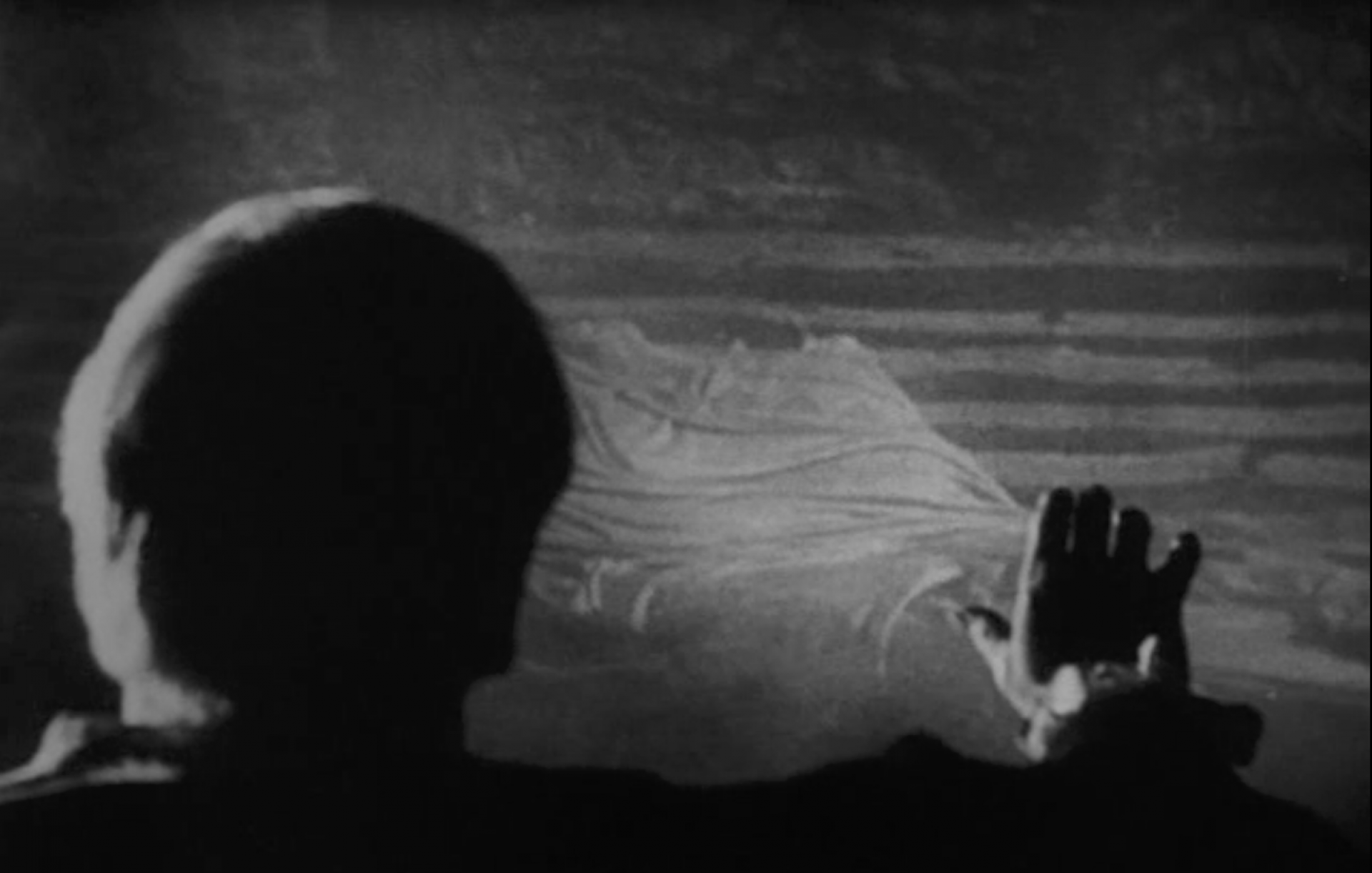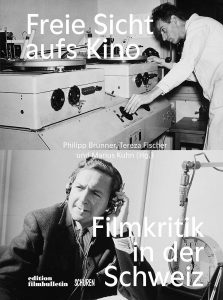In an attempt to analyse Chris Kennedy’s ‚Watching the Detectives‘, a researcher dives into a massive archive of media produced after the Boston attacks. Her online wanderings offer a performative exploration of the history of critical thinking and the ruthless politics of truth production.… continue
Johannes Binotto: Trace
The first image of «Hiroshima mon amour» – a trace, asking for interpretation, resisting interpretation. Feeling for the facets of just this one image is personal, visceral. Never final.… continue
Johannes Binotto: Crossings
There is this magical scene in Ulrike Ottinger’s FREAK ORLANDO which brings into play the questions of otherness and identification, of desire as queer and transgressive, and of film (and media in general) as that which is caught between transparence and opacity.… continue
Johannes Binotto: Follow the Cat
A cat video of a different sort.
Following a cat in Alfred Hitchcock leads to other cats and other films, to radical politics and the trouble with the gaze.… continue
Oswald Iten: The Age Of Emptiness
Video essay based on Martin Scorsese’s 1993 adaptation of Edith Wharton’s novel «The Age Of Innocence» and Bernard Herrmann’s score for TAXI DRIVER (Scorsese, 1976).
«The Age Of Emptiness» takes a look at how we might also read Scorsese’s film in our current situation of «Social Distancing».… continue
J. Binotto: Analyse in Bewegung: Videoessay als Zukunft der Filmkritik (2019)
in: P. Brunner, T. Fischer, M. Kuhn (Hg.): Freie Sicht aufs Kino. Filmkritik in der Schweiz. Marburg. Schüren 2019, S. 157-172.
Auszug: … Die Vitalität und Zukunft des Videoessays wird denn auch insgesamt weniger in einer Vereinheitlichung der Verfahren liegen, wie sie etwa in einschlägigen How-to-Anleitungen auf Youtube angeboten werden, sondern darin, wie sehr dieses Format als Labor für ganz unterschiedliche Experimente mit und an Filmen genutzt wird.… continue

